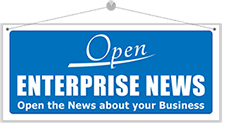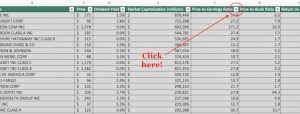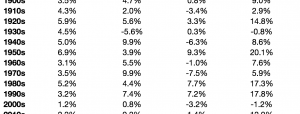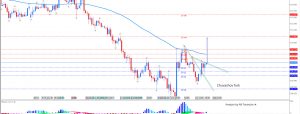
It is increasingly difficult to account for the estimates provided by various statistical agencies when there is no consistency not just with other non-governmental series but within each. The latest retail sales report has nothing in common with anything including itself. The mess features major revisions for the prior two months that simply leave the calendar as demarcation. Unadjusted retail sales growth was the highest in years, but adjusted was the second straight monthly decline (a kiss of recession) after accounting for those revisions.
Not seasonally adjusted, retail sales were up 6.19% from February 2015. That was, by far, the best growth rate since July 2013. It was a result shared across-the-board, where retails sales ex autos jumped 5.1%, the highest since March 2012.


January’s retail sales estimate was, however, revised lower by about $2 billion, yielding a growth rate less than 1%. That $2 billion was instead shunted into an upward revision for December, leaving the 2015 Christmas season basically unchanged.


The effects on the seasonally-adjusted data were instead quite the opposite. Retail sales were originally estimated to have risen by 0.2% M/M in January but with those revisions now suggest -0.4%. February’s estimate was -0.1% despite the surge in unadjusted figures shown above, meaning what looks like a multi-year high in one set is instead recessionary in the other.
What had been positive figures for January, meanwhile, were revised away. Retail sales for the month dropped 0.4%, versus the initially reported 0.2% increase. The downward revision recasts what had seemed a more upbeat start to 2016. January’s drop was the steepest in a year.
“Consumers remain cautious and hesitant to spend, despite an improving jobs picture and evidence of accelerating wage increases,” said Alan MacEachin, corporate economist at Navy Federal Credit Union.
And:
Retail sales account for about 25% of consumer spending, the main engine of U.S. economic growth. The lackluster pace of sales in the first two months could mean another tepid increase in gross domestic product in the first quarter. The economy expanded at a weak 1% annual clip in the fourth quarter and was projected to accelerate to a 2.3% rate in early 2016.
“Without a meaningful pickup in spending, the U.S. economy will be hard pressed to maintain a stagnant 2% pace,” said Lindsey M. Piegza, chief economist of Stifel Fixed Income.
















